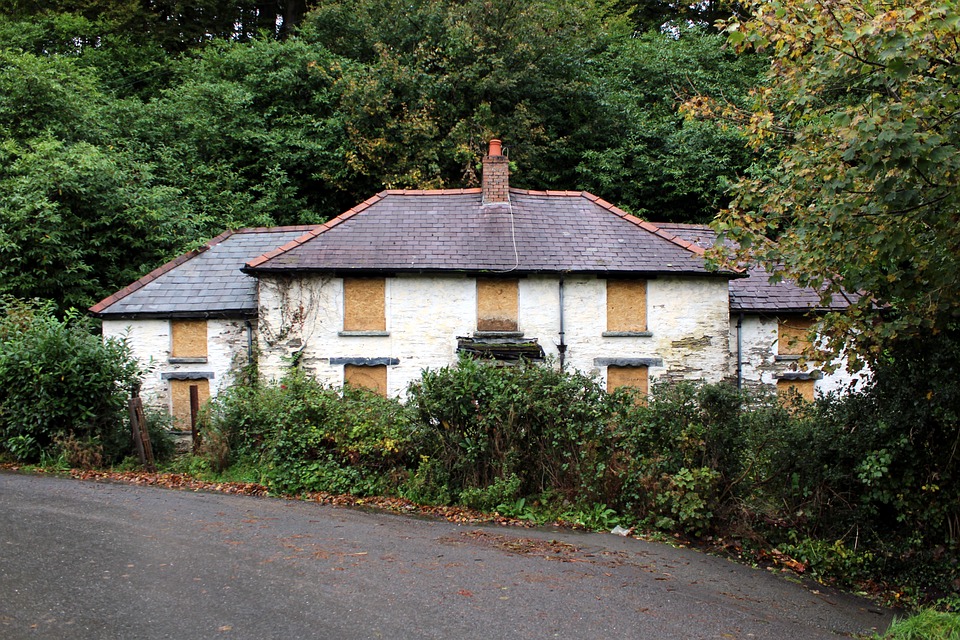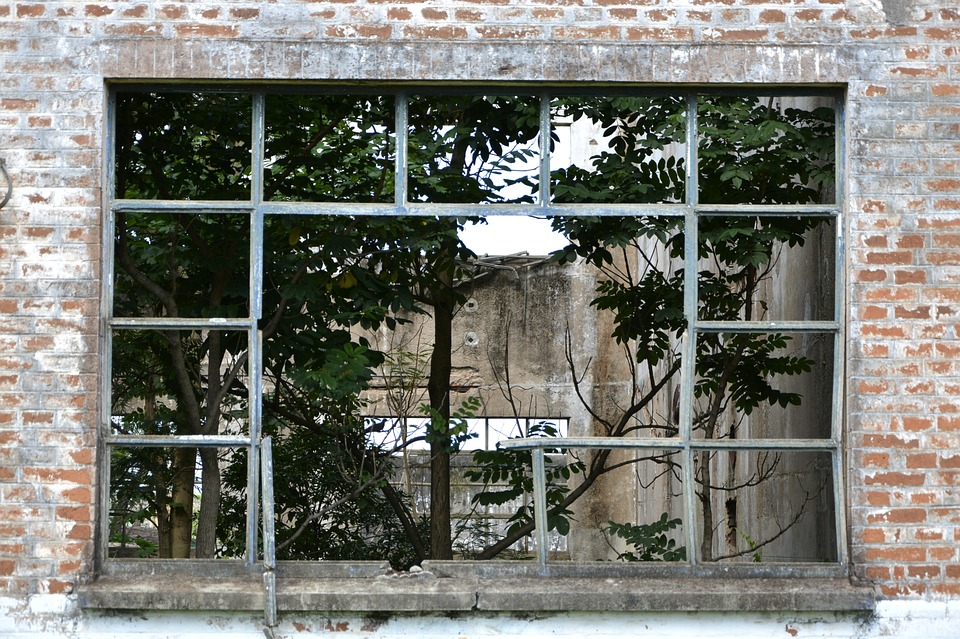The number of properties and second homes left empty over the long-term in Scotland has risen for the third successive year, a new report has found.
There were to 65,277 domestic addresses lying empty as of September 2019 – a rise of 1,260 properties (two per cent) year-on-year – but slightly lower than the equivalent total of 66,053 properties recorded as of September 2012.
Tackling the number of properties left empty in the long-term has become a priority for Scotland’s 32 councils in recent years, but housing charities have warned more still needs to be done to bring down the total.
The lack of action to tackle the problem was last month branded a “disgrace” by opposition parties, while housing minister Kevin Stewart pledged he would press ahead with compulsory sale orders (CSOs) by the end of the current Parliament in 2021.
While there was a rise in the number of long-term empty properties and second homes, the number of new build homes completed rose by 18% in the year to the end of June 2019.
A total of 21,403 homes were completed in 2019 – 3,210 more than the number of homes completed in 2018.
It is the highest level for completions since 2008.
Shaheena Din, national manager of the Scottish Empty Homes Partnership, which is run by Shelter Scotland, said councils faced the challenge of providing support for owners to bring empty properties back into use.
“Most homes become empty due to natural life events such as people dying or moving into residential care,” she said.
“The challenge for local authorities is to provide effective support to owners to bring them back into use so they don’t get stuck empty for years.
“Last year, the combined effort of empty homes officers in 20 local councils in Scotland and our own Empty Homes Advice Service brought back 1,128 homes.
“The latest figures for the current year show that another record-breaking year is in sight.”
Empty homes, abandoned shops, derelict hotels and gap sites could be among those targeted by the introduction of compulsory sale orders which allow councils to force owners to sell such sites at auction.
These differ from compulsory purchase orders (CPOs) as councils don’t have to make the purchase themselves.
Welcoming the increase in the number of new homes completed, Housing Minister Kevin Stewart said: “These figures demonstrate how we are delivering more housing in Scotland.
“From private to social housing, it is encouraging that both new build starts and completions have increased this year, providing more people with a warm, safe place they can call home.
“The increase points to the strength of Scotland’s new build housing sector. We shall continue to push towards our ambitious target of delivering 50,000 affordable homes by 2021.”
By CHRIS MCCALL
Source: Scotsman




Hundreds of houses and flats on the Isle of Wight have been standing empty for at least half a year, official figures have shown.
The council reported 679 long-term vacant homes in October last year, which is roughly the same as the 2016 figure. The data was published by the Ministry of Housing, Communities and Local Government, and is based on council tax records.
Improvements on the Island
Pressure on the government to act on empty homes has been mounting in recent years, as the UK’s housing shortage has led to a decline in home ownership and rising house prices.
If an area has a significant number of empty homes it is more likely to see an increase in vandalism, the collapse of local businesses, and experience a sense of neglect, according to research by the House of Commons Library.
The number of empty homes on the Isle of Wight has been falling in the last few years, down 11% since 2014.
Privately owned empty homes
The latest figures show that the vast majority of empty properties were privately owned. But some of those left vacant were homes for social or affordable rent managed by the housing associations.
On the Isle of Wight, there were 28 empty homes owned by housing associations, a figure which includes those that had been empty for less than six months.
More can be done towards additional housing supply
The Empty Homes Agency, a charity which campaigns for empty properties to be brought back into use. Their 2018 report found,
Scale of the problem underestimated
The charity also said it was concerned that the official statistics might underestimate the scale of the problem.
If a home is unoccupied, its owner will generally still have to pay council tax. Until 2013, owners of homes which had been empty for up to 12 months were automatically exempt if the property was undergoing major building work, but councils are now entitled to set their own discount and may still ask owners to pay the full rate.
On the Isle of Wight, the council voted last year (Jan 2017) to remove the empty home discount, creating extra income for the council budget.
There is a 50% discount for properties empty and unoccupied for two years or more.
Source: On the Wight